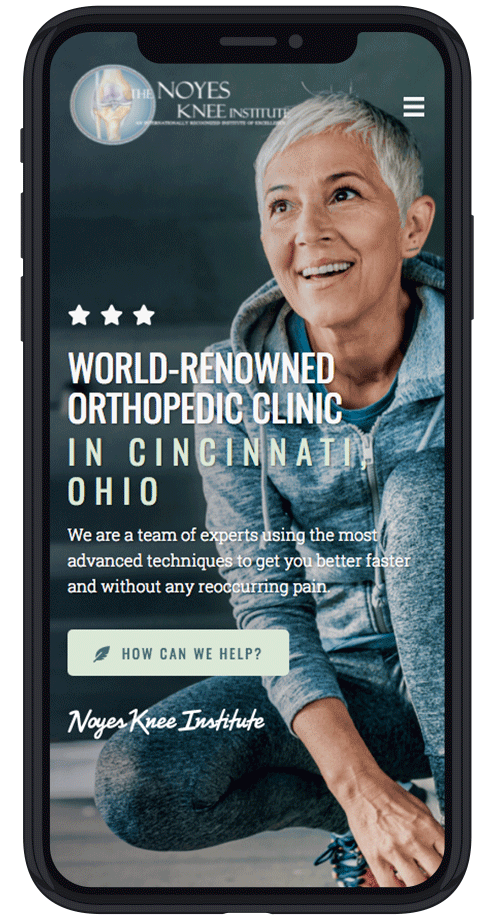Published On
Category
Knee osteoarthritis can occur when the cartilage around the knee wears down. Without the protection of cartilage, bones in the joint grind together, causing inflammation and pain. In severe cases, a knee surgeon might recommend knee replacement or arthroscopic surgery. Fortunately, many non-invasive options help relieve the pain of arthritis in the knee.
Osteoarthritis and Rheumatoid Arthritis: What’s the Difference?
Knee osteoarthritis is a progressive condition in which the subchondral bone suffers damage as the cartilage slowly wears away. This type of arthritis is common in middle-aged and elderly patients and happens more frequently in females than males.
Rheumatoid arthritis (RA) is a disorder of the autoimmune system which leads to chronic inflammation. RA usually presents in both knees at the same time. Other joints, including fingers, toes, ankles, and wrists may also be affected.
Both types of arthritis respond to the conservative treatments listed below. However, as an auto-immune disorder, RA also requires specific medical care.
Treatments for Arthritis in the Knees
Weight Loss
For every pound of weight lost, you relieve four to six pounds of pressure from the knee. Carrying a significant amount of extra weight puts extra strain on knee joints which aggravates arthritis symptoms. However, even if you are not obese, losing just five to ten pounds could significantly relieve arthritis pain.
Avoid Aggravating Activities
While it’s important to continue exercising and moving your knees, overdoing it can make problems worse. Avoid the following activities if you notice pain or swelling up to 24 hours after participation:
- High-impact exercise/sports
- Kneeling/squatting
- Walking for periods longer than 60-90 minutes without a rest break
- Using stairs (inclining or declining)
- Sitting in one position for more than 30 minutes without a break (such as during a long drive)
- Standing for periods longer than 30-60 minutes
It may not be practical to avoid all of these activities every day, but reducing them as much as possible should help alleviate arthritis knee pain.
Anti-Inflammatory Medications
NSAIDs can be extremely helpful in easing arthritis pain. However, it’s important to use prescription or over-the-counter anti-inflammatory medications only as recommended by your physician. Overuse can cause serious side effects.
Knee Injections
Steroid or synthetic lubricant injections such as Synvisc may be recommended when diet and other lifestyle changes are ineffective.
Physical Therapy
Physical therapy and “knee-friendly” exercises are often recommended to help regain strength and flexibility in the knee joint.
Knee Surgery
When conservative methods fail, it may be time to consider knee surgery. Many people automatically think of total knee replacement when they think of surgery for treating knee arthritis, but there are several other surgical options to consider:
- Arthroscopic debridement, abrasion arthroplasty
- Autologous chondrocyte implantation
- Femoral osteotomy
- High tibial osteotomy
- Meniscus transplantation
- Osteochondral autograft transfer
- Partial knee replacement
You and your knee surgeon will determine the surgical option that’s best for your situation. If you have sustained additional knee injuries, other procedures may be performed simultaneously as surgery to correct arthritis.
Should I see a Knee Surgeon?
If you have tried conservative therapies, but your arthritis pain continues to get worse, it may be time to consider surgery. Call The Noyes Knee Institute today to learn more about the available surgical options.

